Apple has never been shy about pushing the iPhone forward. If the latest reports hold, the iPhone 18 Pro Max could set a new benchmark for sheer heft, according to Croma Unboxed. With the iPhone 17 Pro Max already tipping the scales at 233 grams, industry sources now indicate its successor could break the 240-gram barrier previously set by the iPhone 14 Pro Max. That is not just a spec sheet footnote. A jump like that usually signals real changes inside the frame.
To put this in perspective, 240 plus grams would place the iPhone 18 Pro Max firmly in Samsung Galaxy Ultra territory, a notable shift from Apple's traditionally lighter approach to flagships. Your wrist will notice.
Pro tip: If you're considering upgrading, try a heavier phone in your hand first. Weight shows up during long one-handed use, gaming marathons, and when you are scrolling in bed. Some people love the dense, premium feel; others do not.
What's driving the weight increase in Apple's flagship?
Building more capable phones usually adds mass, the price of innovation. The iPhone 18 Pro Max looks like a textbook case, with reports pointing to a device that exceeds 240 grams and grows thicker than its predecessor, according to Croma Unboxed.
The iPhone 17 Pro Max measures 8.8 mm. The iPhone 18 Pro Max could reportedly reach about 9 mm. A fraction on paper, a steady shift in the hand. The dimensions suggest Apple is prioritizing internal component performance over minimalist thinness.
Industry analysts also point to a stainless steel vapor chamber cooling system that would add to the total, as reported by MacRumors. Vapor chamber systems often need 8 to 12 grams of additional stainless steel compared to traditional heat spreaders, plus more internal volume for proper heat pathways.
The bottom line? Apple seems ready to take on extra grams if it means steadier performance under demanding AI workloads and computational photography tasks.
Advanced camera systems demand more space
Apple's push for photographic excellence keeps stacking complexity and weight into the chassis. The iPhone 18 Pro Max is expected to feature a variable aperture camera system, Apple's rumored first go at this tech on mobile, according to TechRadar.
Why does variable aperture matter, and why is it heavier? Unlike the fixed apertures in current iPhones, a mechanical aperture adds parts and precision. Think point and shoot compared to a DSLR lens. These mechanisms typically add 3 to 5 grams per lens module and require about 20 percent more internal volume.
Beyond the aperture system, Samsung is developing a specialized triple-layer PD TR Logic sensor for the iPhone 18 that could need more room than earlier camera modules, as noted by VietnamNet. The 48 megapixel periscope telephoto lens is also rumored to get a larger aperture, which could call for additional optical elements and contribute another 2 to 4 grams to the overall camera assembly.
Pro tip: Variable aperture gives real control over depth of field and low light performance, a long-standing request from pros. Software can only do so much, and the added mass buys you hardware options that algorithms cannot replicate.
From an engineering perspective, Apple is fitting pro-grade camera mechanics into a phone. Once you account for the moving parts, the weight becomes a trade you can see and feel.
Thermal management takes priority
As smartphone processors gain power and AI features expand, thermal management has moved from afterthought to design pillar. The iPhone 18 Pro Max will likely feature Apple's next-generation A20 chip built on TSMC's advanced process technology, which pushes the need for sophisticated cooling, according to MacRumors.
Apple appears to be implementing a stainless steel vapor chamber cooling system, a notable upgrade over traditional approaches. Think of it as a miniature liquid loop that can reduce peak temperatures by 8 to 12 degrees Celsius compared to traditional heat pipes, though it adds metal and volume, as reported by Gadgets 360.
The payoff shows up during extended video recording, intensive gaming, and AI model processing without the early thermal throttling seen on current devices. Day to day, better heat dissipation supports more consistent charging speeds, reduces battery wear from heat, and keeps AI features running without sagging performance. In short, the vapor chamber makes room for more demanding software down the line.
Where does this leave the iPhone ecosystem?
The potential weight increase in the iPhone 18 Pro Max mirrors a wider trend toward feature-rich phones that favor capability over pure portability. The device is rumored to launch in September 2026 alongside other Pro models, and the standard iPhone 18 variants may follow in early 2027, according to Zeera Wireless.
A staggered rollout lets Apple gauge how a heavier Pro Max lands and refine weight distribution for the standard models. That tracks with where the market sits now, people expect a phone that can shoot like a camera, handle serious games, and run complex AI tasks.
The iPhone 18 Pro Max reads like a bet. Variable aperture cameras, a more robust cooling system, a touch more thickness, and extra grams in the hand. If you want the cutting edge, you take the heft. If not, the broader iPhone 18 lineup might offer lighter options.
For years, thinner and lighter felt like the only direction. Maybe not this time. Sometimes the best tech asks for a trade, and here that trade is weight. Whether users embrace it is still an open question, but Apple's track record suggests the company has a feel for how far it can push in the name of real progress.










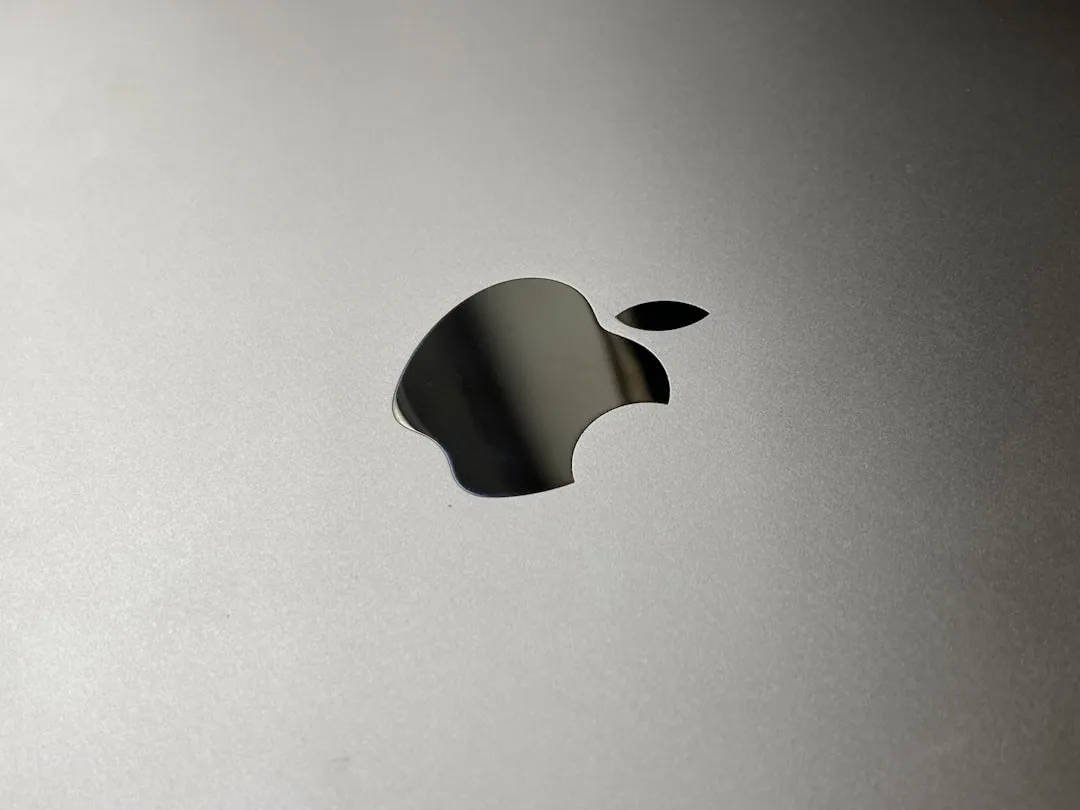

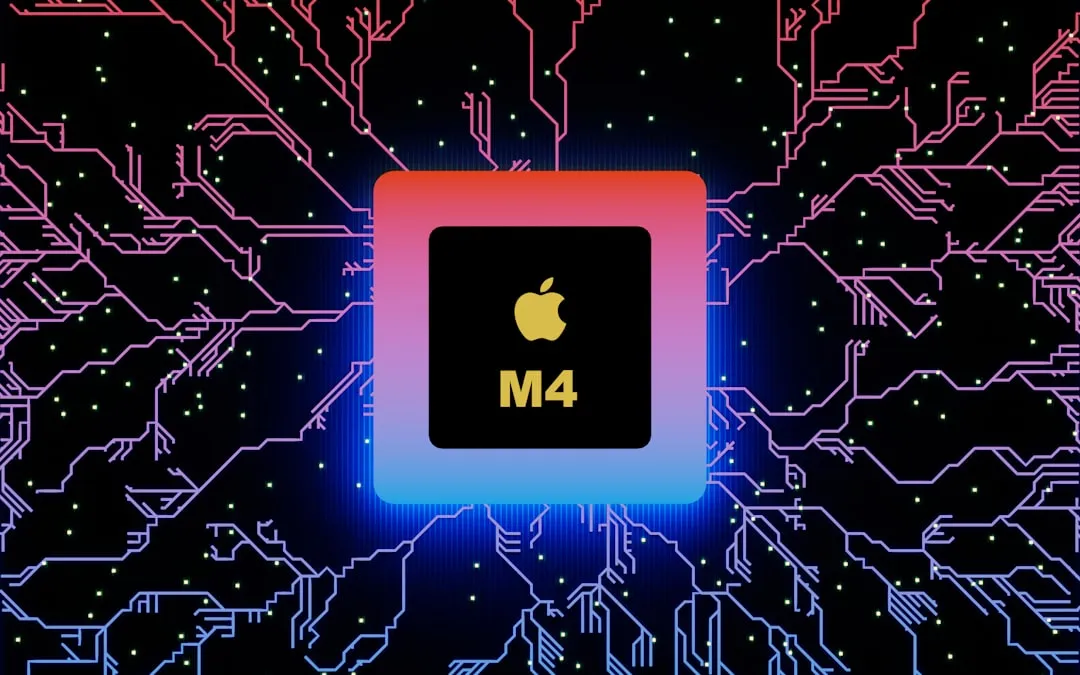









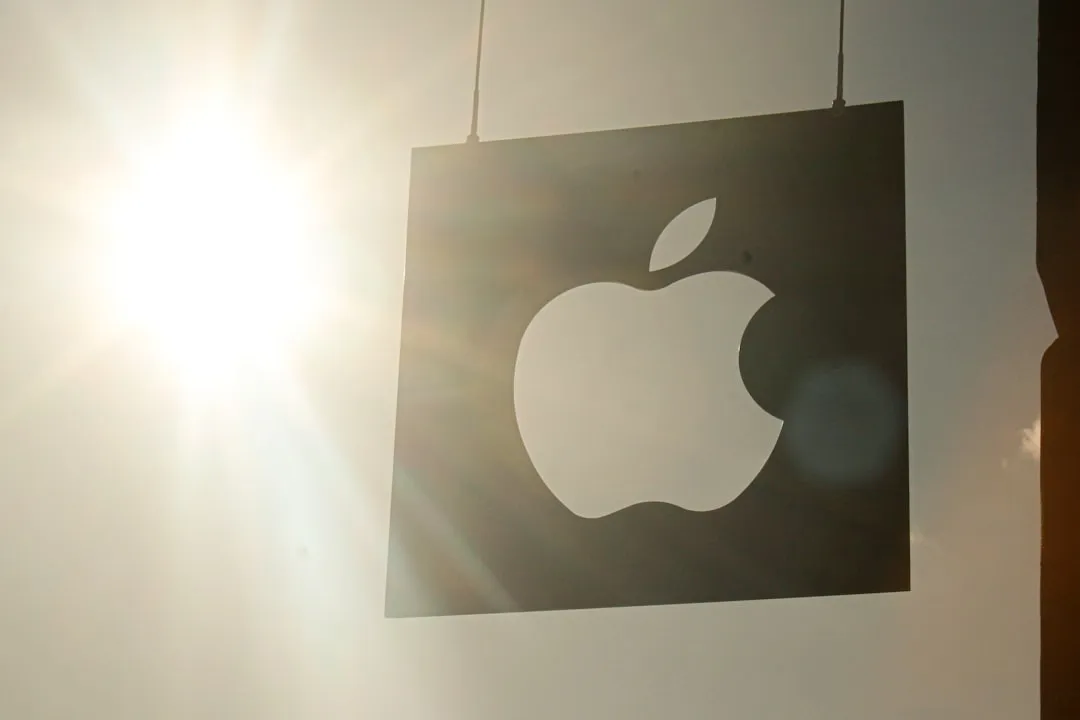

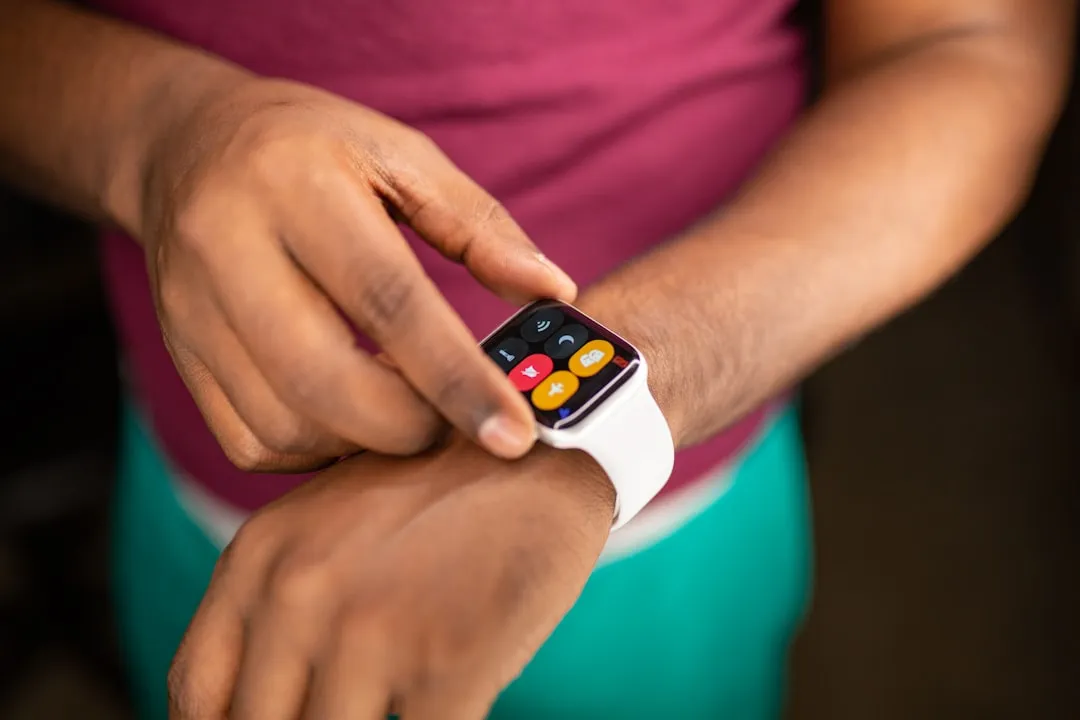

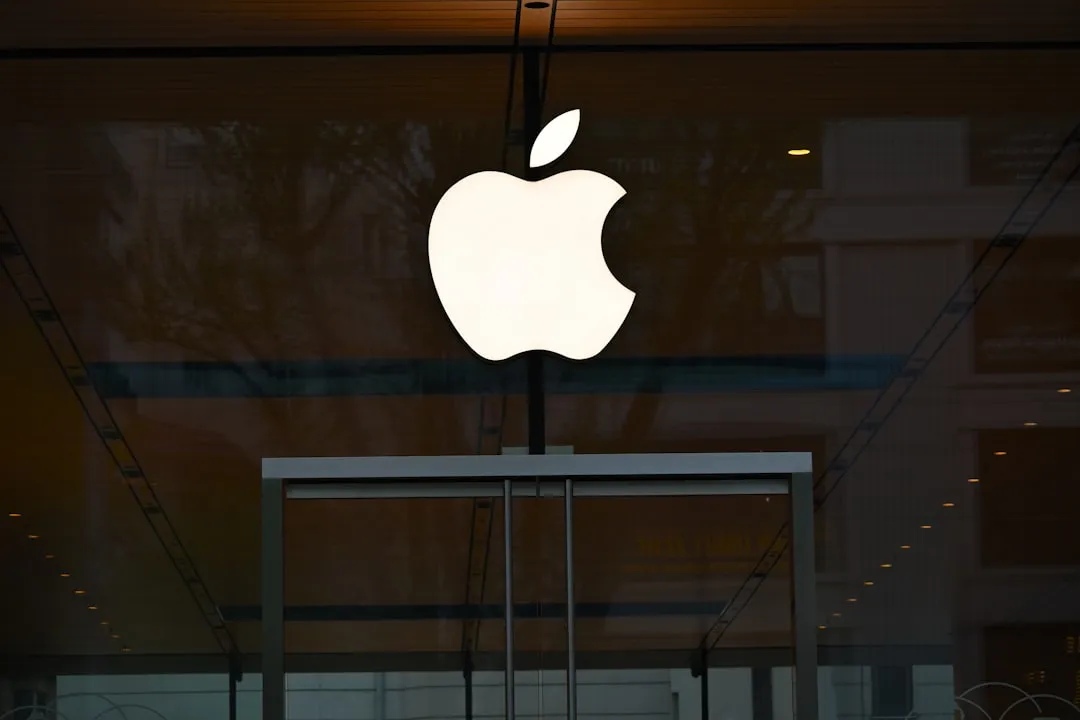

Comments
Be the first, drop a comment!